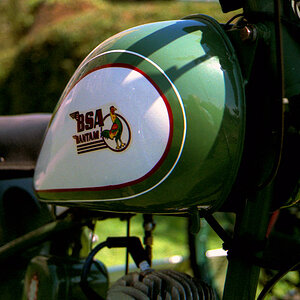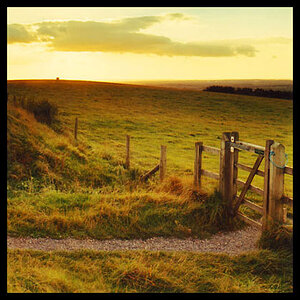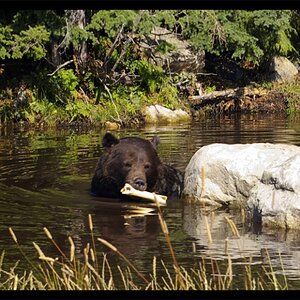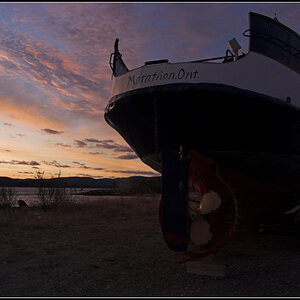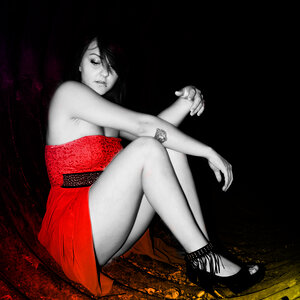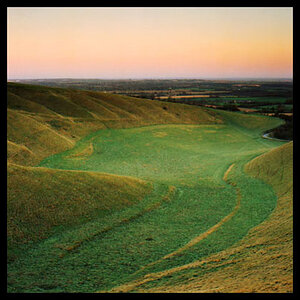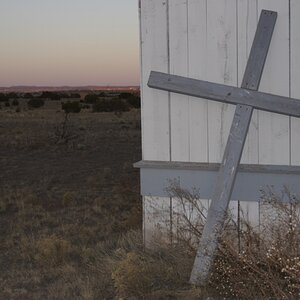passerby
TPF Noob!
- Joined
- Jan 21, 2008
- Messages
- 591
- Reaction score
- 0
- Can others edit my Photos
- Photos NOT OK to edit
I just tested right now in the computer room relying on bright light bulb. I point the camera to light bulb with ISO 200 and the meter registered SS 1/500 at f5.6. When shoot the light bulb the result is not bright enough as I see it with my eyes. I dropped down the SS click by click until the reasonable result was at 1/50 of a second.Than with the same setting I shoot the white colour fan, it was nothing in the frame. Than I dropped the SS to 1/10 of a second, the fan clearly visible but not as I see it with my eyes.Still with 1/10 of a second f5.6 I raised the ISO to 1600, and now the object was very clear in the frame, not over exposed, but more than what my eyes see it.



